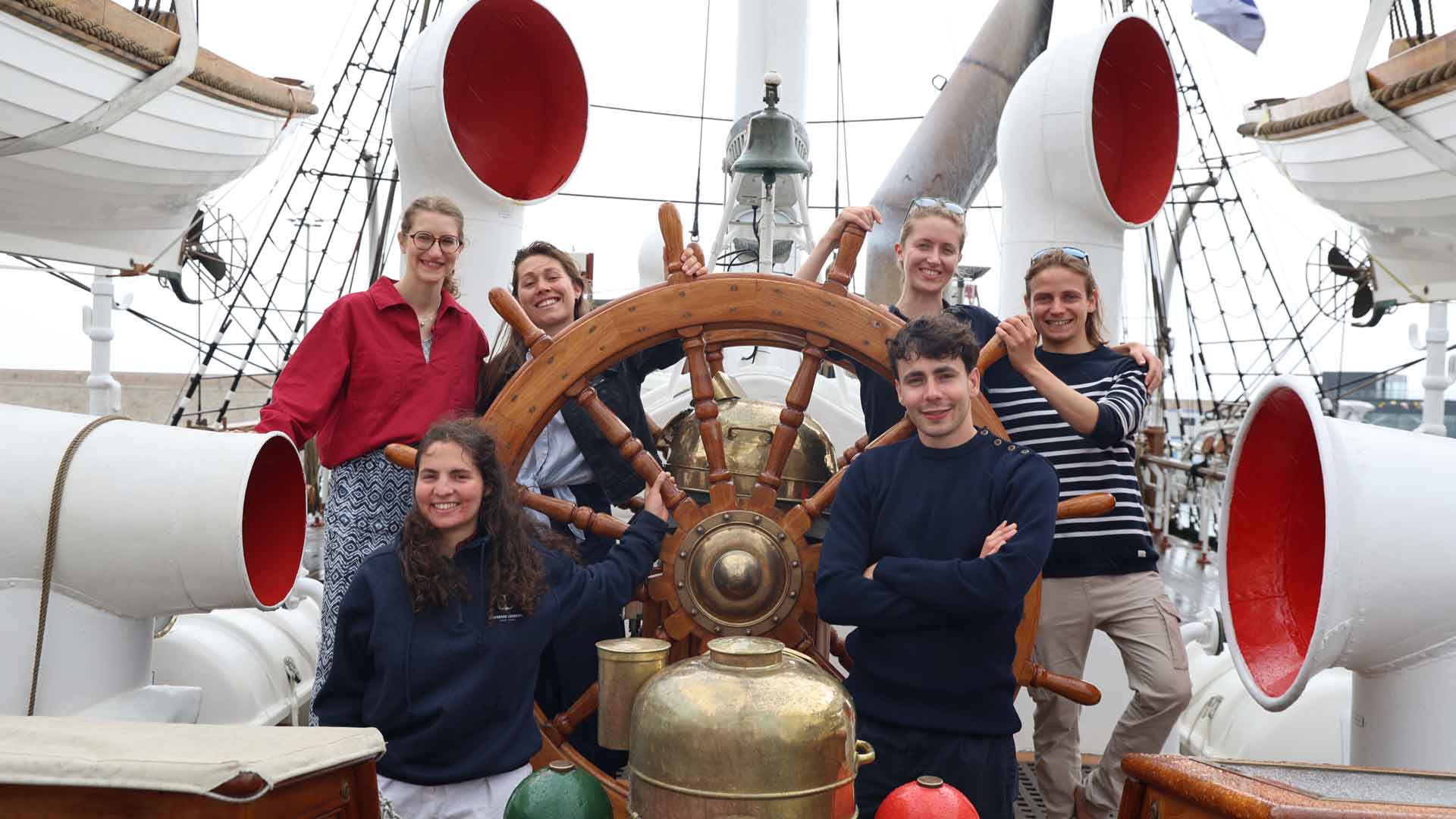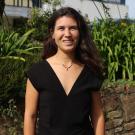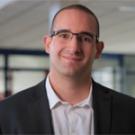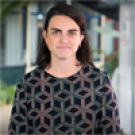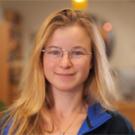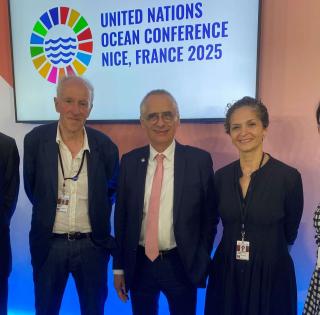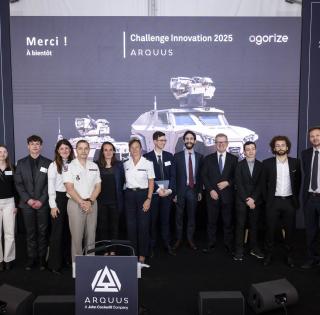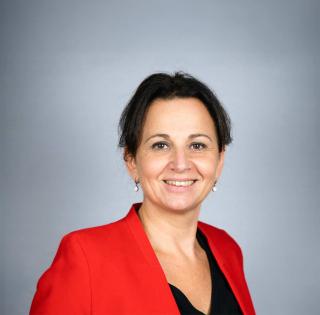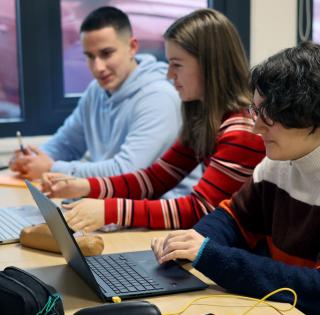
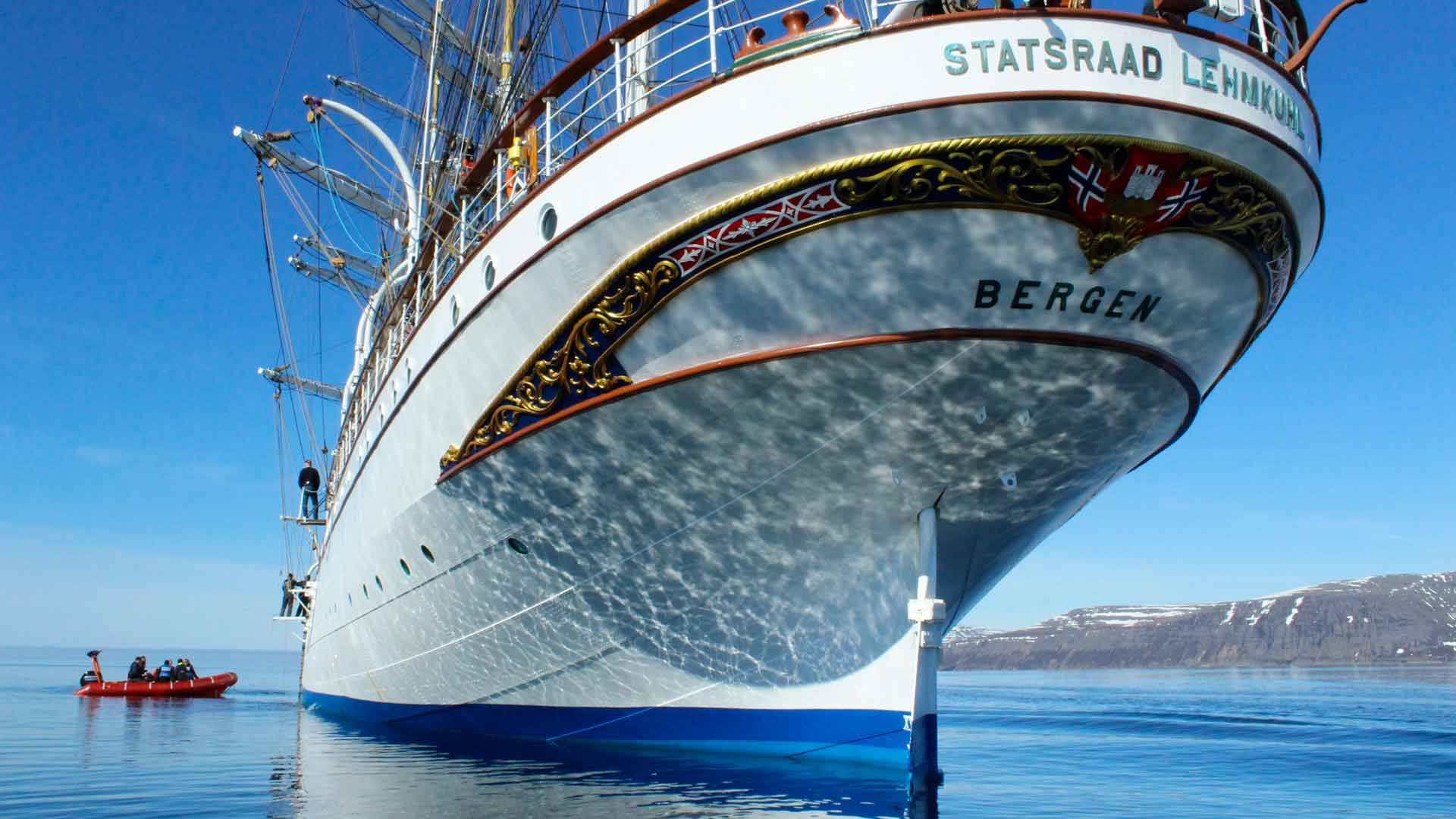
A rigorous selection process to train future ambassadors for the ocean at the European level
At the start of the academic year last September, ENSTA students were informed about this program. To apply, they had to detail their scientific knowledge, as well as their experience at sea and their ability to live in confined spaces, and present a scientific research project. Martin:
I contacted my advisors at ENSTA for help with the selection process. At the same time, I immersed myself in scientific literature on the regions covered by the mission (the Norwegian Sea, the North Atlantic, and the Mediterranean Sea) to identify a relevant issue. After discussions with Xavier Carton and Jean-Baptiste Roustan, the subject of my project took shape around an initial question: Can oceanographic satellite measurements detect sub-mesoscale phenomena such as small eddies?
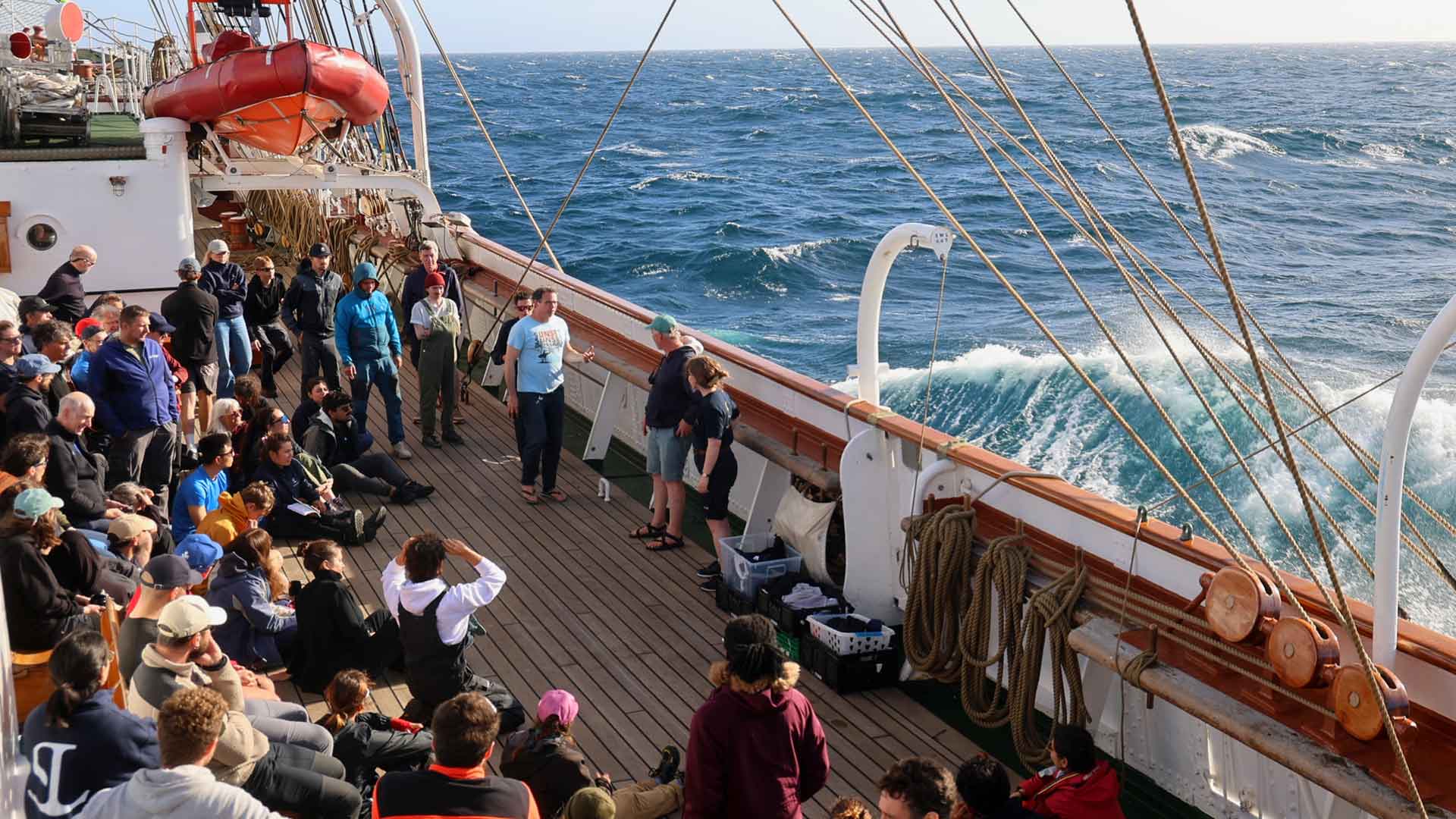
Six months of scientific conferences at the highest level
The "One Ocean Expedition" adventure included a training program called the Advanced Training Course on Ocean Synergy Remote Sensing 2025 , organized by the European Space Agency and spread over several months.
Starting in November, the selected students attended lectures on satellite ocean observation, covering the physical principles of measuring instruments, observable oceanographic parameters, and possible applications for environmental and climate research.
And once at sea, the lectures continued. Every evening, between 7 and 8 p.m., a scientist spoke on a specific topic. Maturin:
The presentations were of a very high standard. They enabled us to develop a wide range of complementary knowledge that is essential for a better understanding of the ocean. To share an analogy that was made on board, imagine the ocean as a human body. If we go to the doctor and they focus on one isolated parameter, such as our blood pressure, they won't be able to understand what's wrong. It is therefore essential to observe a set of physical, chemical, and biological parameters and study them over time to understand the phenomena at work.
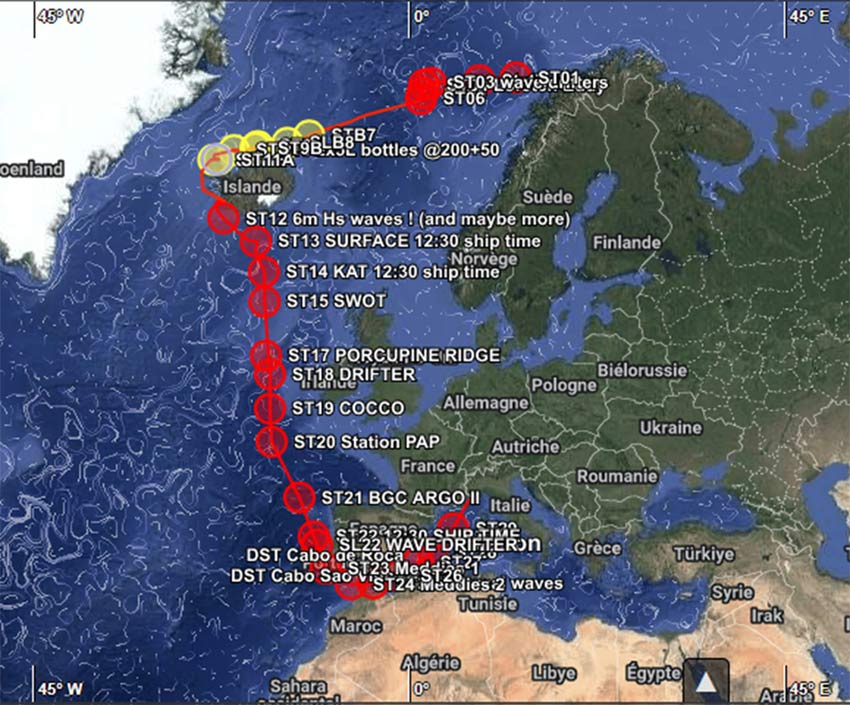
A 4,554 nautical mile oceanographic adventure involving more than 100 scientists from 28 countries
On April 22, our three students boarded the Statsraad Lehmkuhl. It's snowing and cold! The crew is divided into three groups (red, white, and blue). Each group had to work two shifts every day, i.e. two four-hour periods during which they performed seamanship tasks (rigging and furling the sails, maintaining the boat, steering the ship, etc.), deployed scientific measuring instruments (probes, drifting mud, floats) and processed data.
Each group worked on scientific projects in three fields of study: biology, physics, and ocean-atmosphere interaction. The days were busy. Kim and Martin, for example, were part of the red team. They had to work a shift between midnight and 4 a.m. and another between noon and 4 p.m. The rest of the time was spent eating, debriefing the day, attending conferences, etc., which left little time for rest. Kim:
It's a busy, tiring schedule, but the excellent team spirit and the many scientific projects make the days exciting.
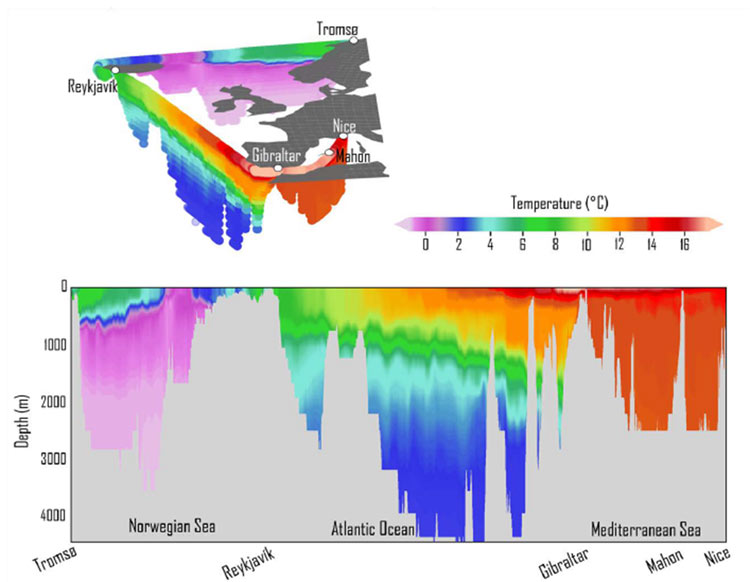
At the end of the six weeks, the three engineering students returned with new technical skills and an incredible network. Maturin:
We had leading figures at our side, internationally recognized scientists who became friends over the course of the program. I was hesitating about pursuing a thesis, but one of the scientists I worked with offered me a PhD, and I'm very likely to accept.
When they arrived in Nice, the students were greeted by Mediterranean sunshine, a stark contrast to their departure six weeks earlier in snowy northern Norway. A journey that echoes global warming and reminds us of the urgent need to use science to better understand the phenomena at work and their consequences, and to identify the solutions that need to be implemented.
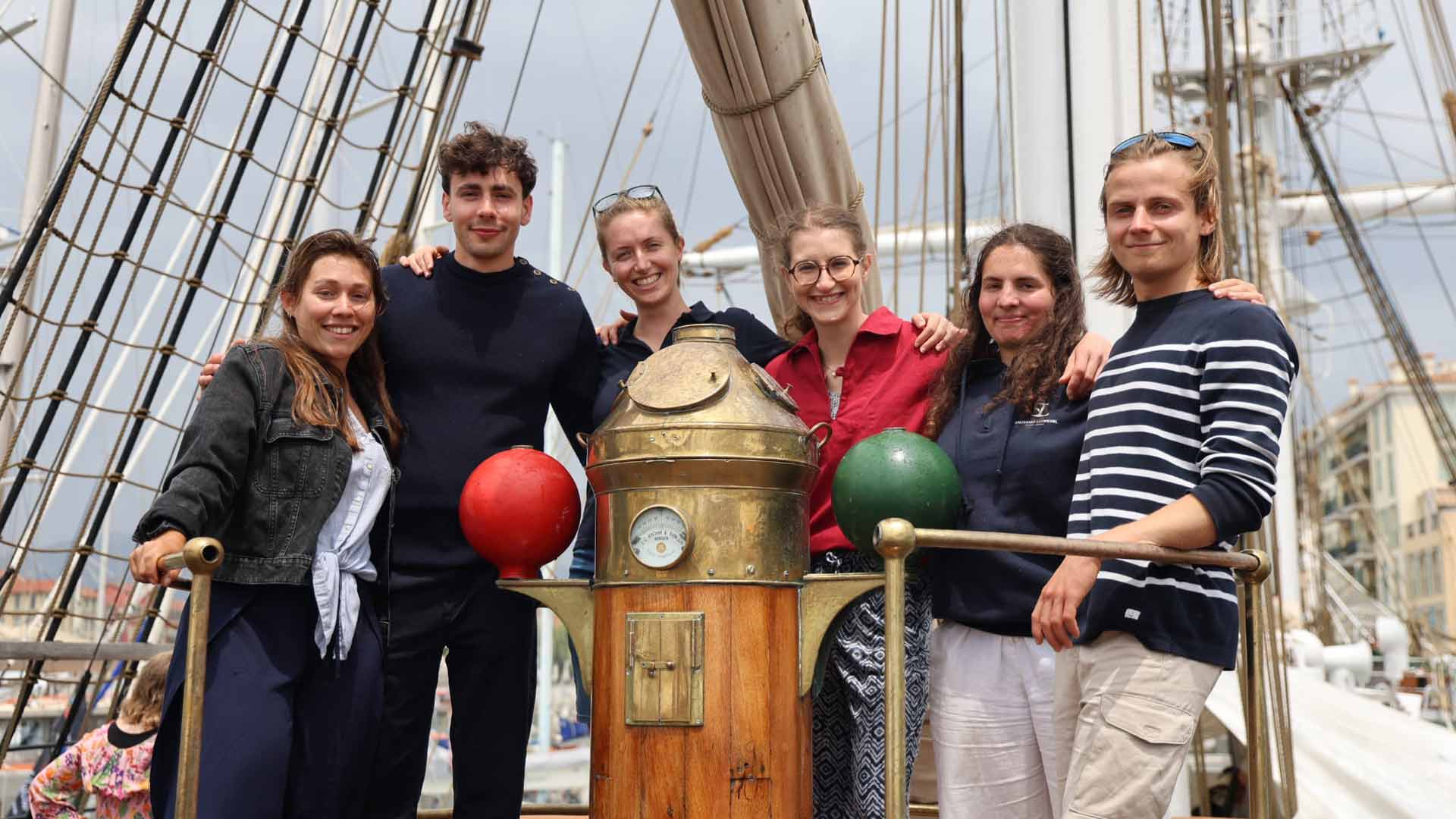
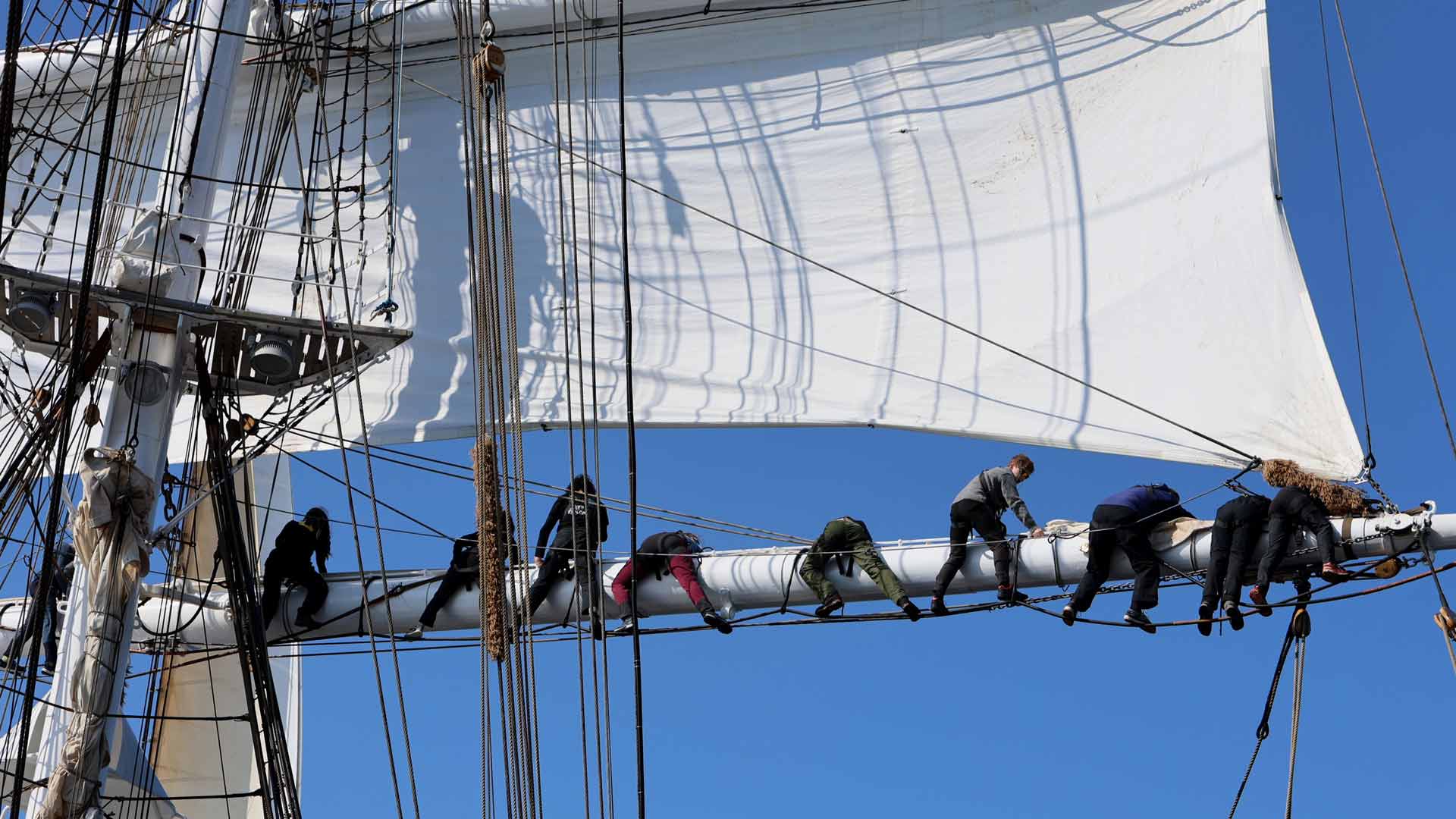
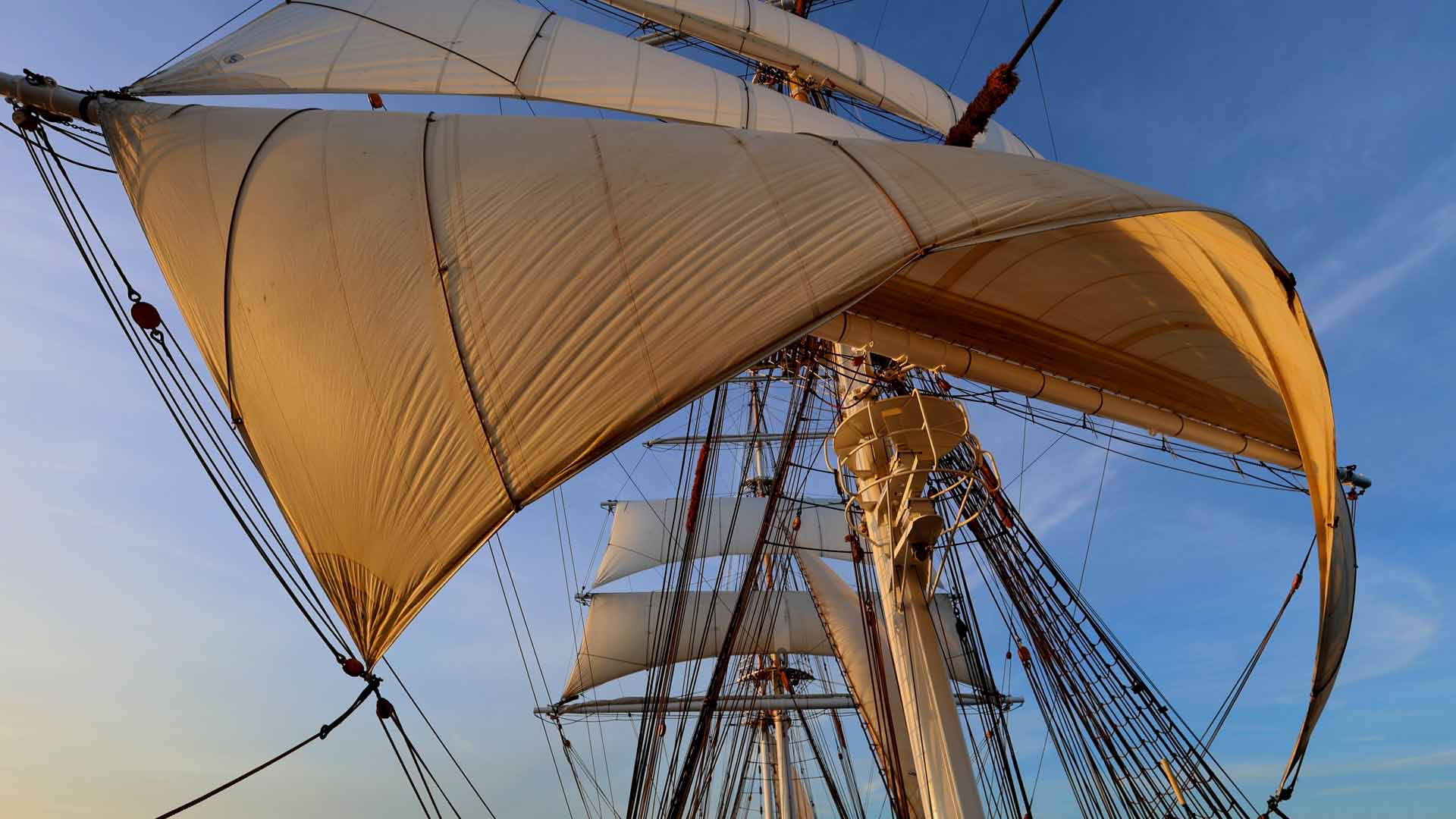
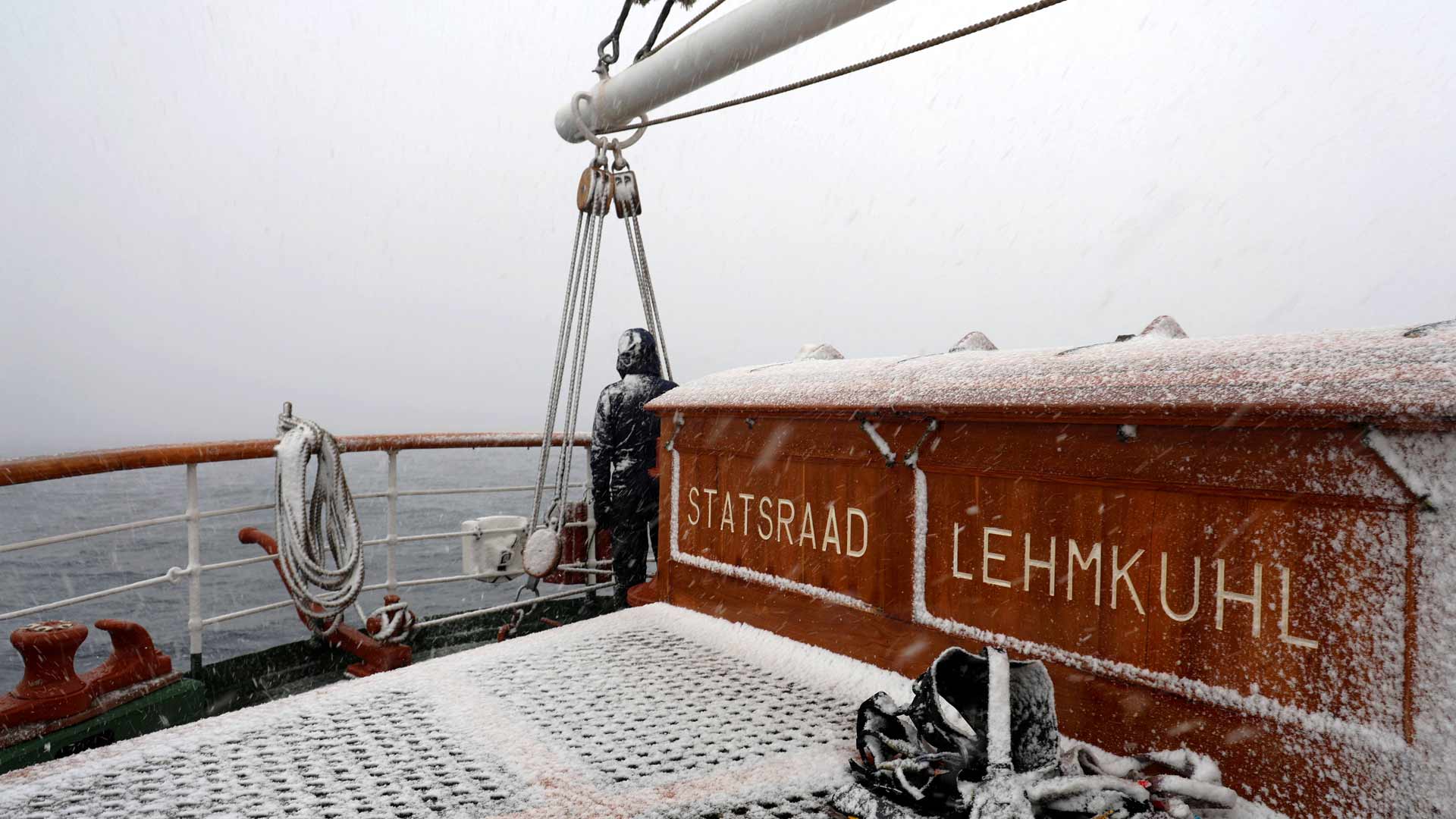
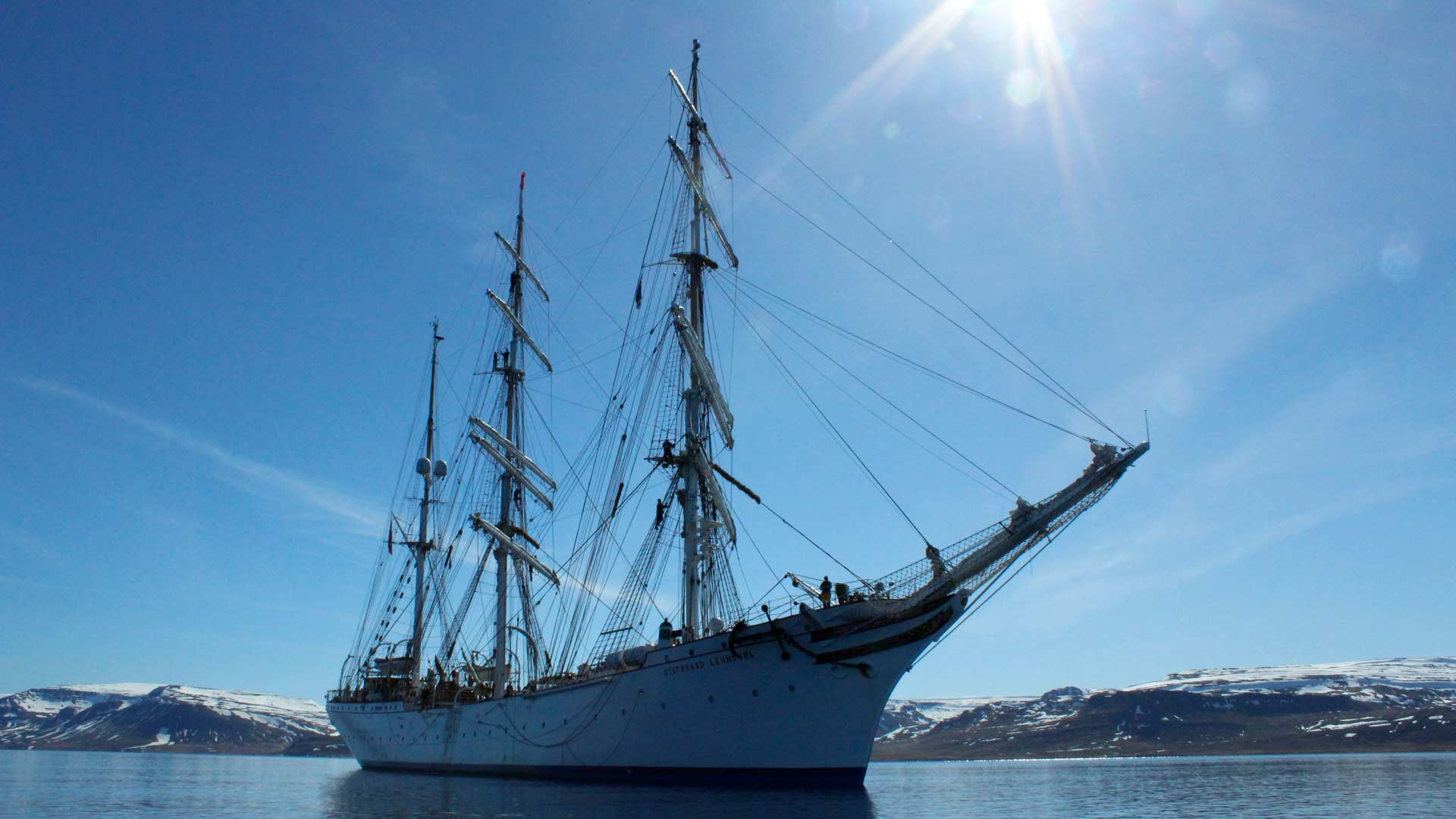
First photo, our participating students and alumni (from left to right):
- Lou ANDRES, graduate of ENSTA Bretagne's engineering program in hydrography and oceanography, class of 2022, and of the master's program in Ocean and Climate Physics, specializing in Coastal Oceanography
- Martin CORNILLE, student in the ENSTA Bretagne engineering program in hydrography and oceanography, class of 2025, and in the Master's program in Ocean and Climate Physics, specializing in Offshore Oceanography
- Louise BALMAS, graduate of the ENSTA Bretagne engineering program in hydrography and oceanography, class of 2024, and the Master's in Marine Geophysics
- Perrine BAUCHOT, graduate of the ENSTA Bretagne engineering program in hydrography-oceanography, class of 2021, and the master's program in Ocean Data Science, currently a doctoral student at Lab-STICC
- Kim MONOURY--HOMET, ENSTA Bretagne engineering student in hydrography and oceanography, class of 2025, Master's degree in Ocean and Climate Physics, specializing in Offshore Oceanography
- Maturin SIMONNEAU, ENSTA Bretagne engineering student in hydrography and oceanography, class of 2025, Master's degree in Ocean Data Sciences






